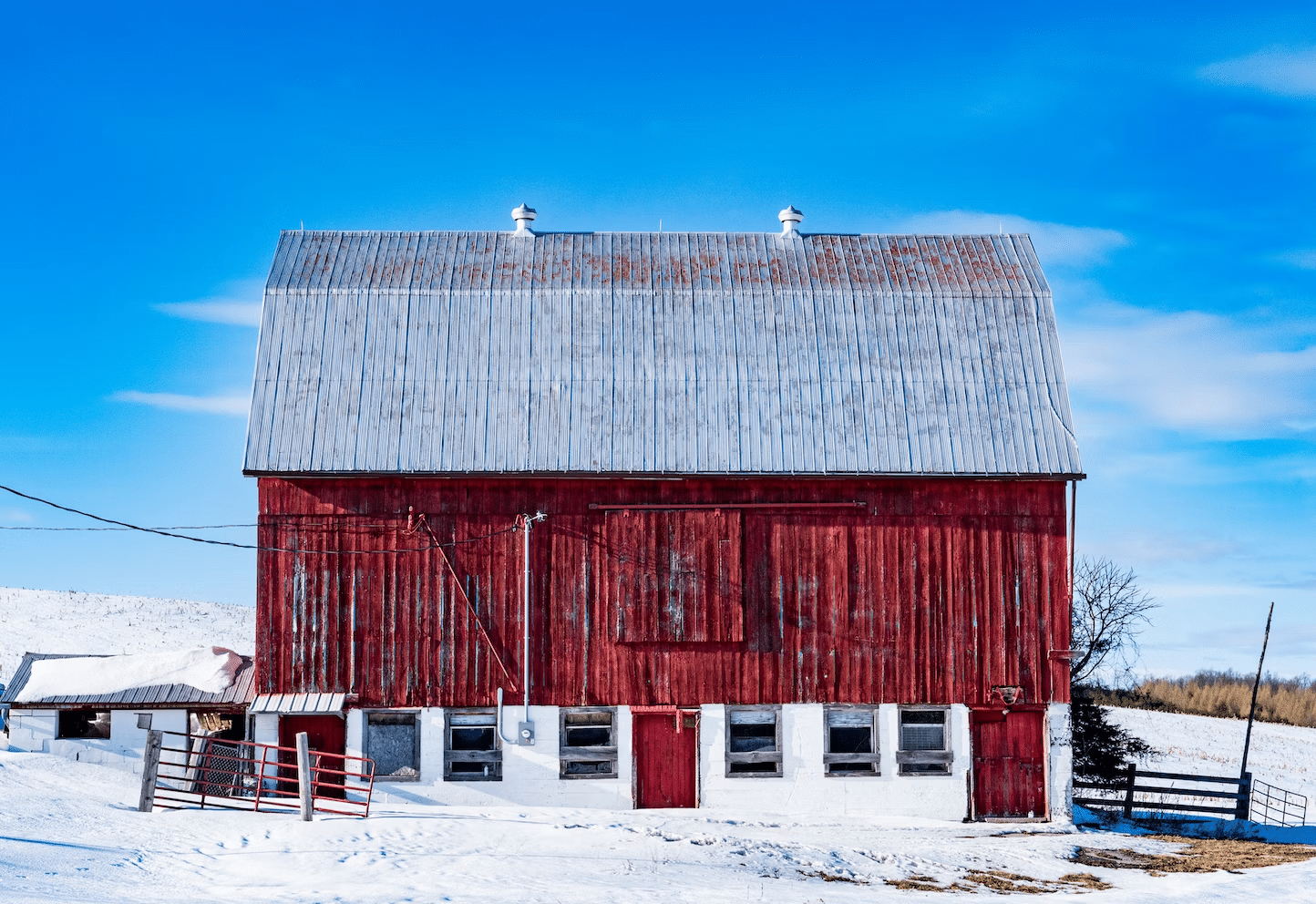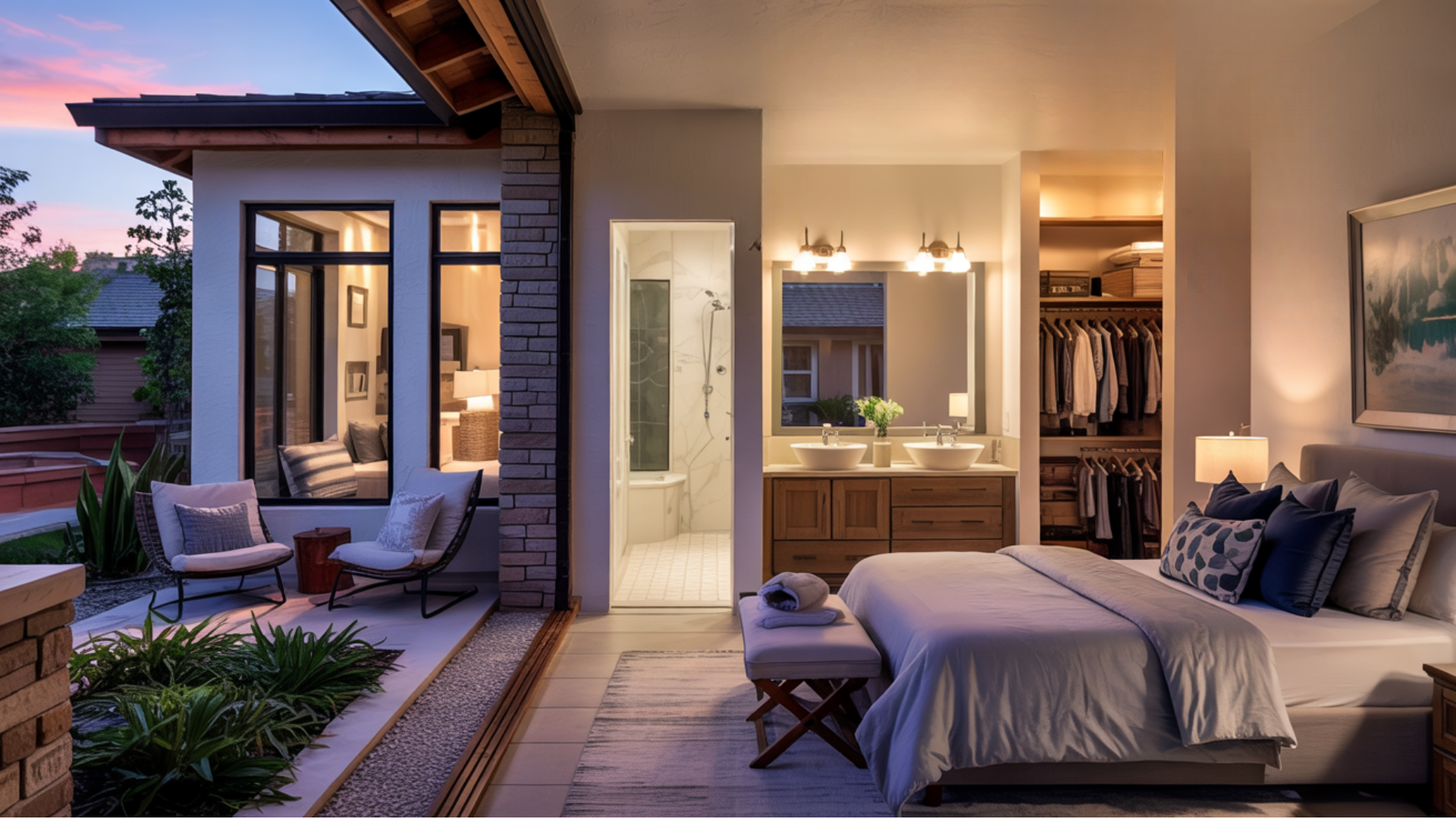Everything You Should Know About Galvanized Steel Roofing
When you’re choosing a metal roof for your home or building, you have options like aluminum, steel, copper, and more. Galvanized steel is one of these choices, even though Galvalume® steel is more popular nowadays. Still, galvanized steel is used for many roofs.
But before you go for a galvanized metal roof, there are important things to think about that can affect how well your roof works. This article will discuss everything you should know about galvanized steel roofing.
What is Galvanized Steel?
Galvanized steel is a type of steel alloy coated with zinc to shield it from corrosion caused by environmental elements.
Various methods are employed for galvanization, such as:
- Hot-dip Galvanizing (HDG): This involves running steel coils through a bath of molten 99.5% pure zinc. The common method is on continuous galvanizing lines, often referred to as “GI” in the industry.
- Galvannealed: Produced on the same lines as GI, galvannealed involves reheating the coil strip above air knives to bond or alloy zinc to the steel substrate. Galvannealed is known for having a coating containing approximately 10% iron. This alloy forms during the reheating process, where iron reacts with zinc. In the industry, it’s abbreviated as “GA.”
- Electrogalvanizing (EG): This method differs significantly from hot-dip galvanizing. Here, zinc coating is applied through an electroplating process where zinc serves as the anode, steel as the cathode, and zinc sulfate as the electrolyte.
What are the Finishes You Can Use on Galvanized Sheet Roofs?
If you’re thinking about how galvanized sheet metal roofing will look, there are different ways to finish it. You can keep it in its natural form, which is a shiny silver color.
Another option is a powder-coated finish. This is like a special paint applied using electricity. The cool thing is that this finish is tough and doesn’t easily chip, fade, or scratch. Plus, you can pick from lots of colors to match the style you want for your galvanized sheet metal.
How to Install Metal Galvanized Roof Sheet
Putting up a metal galvanized roof sheet is a careful process with specific steps:
- Measuring and Setting Out: Figure out where the support skeleton goes based on the main structure’s lines. Make sure you double-check measurements and keep things straight, especially when it’s not too windy.
- Installing Connectors: Connectors are fixed onto the main structure, either by welding or using bolts if there are no embedded iron parts.
- Skeleton Installation: You put columns in place according to a designated line, and precise tools are used to check they’re straight and in the right spot.
- Steel Sheet Installation: You attach metal sheets to the frame using rivets or bolts, leaving a small gap between them to fix any mistakes. If you’re using aluminum composite panels, be careful about deviations in all directions.
- Treating Sheet Joints: Clean the metal sheets and frame, then seal the gaps with strips and weather-resistant sealant to make sure there are no gaps or bubbles.
- Curtain Wall Closing: Use metal plates to cover the ends neatly.
- Deformation Joint Treatment: Take care of joints that allow for building expansion and settlement. Use specific materials to maintain both function and appearance.
What are the Benefits of Using Galvanized Steel Roofs?
Galvanized steel is useful in lots of things today aside from being used as home roofs, like building stuff, air systems, roofs, cars, farming, power lines, and more. Its application has increased because of the various benefits it offers.
- Super Shield: The zinc coating on galvanized steel keeps the main steel part safe and makes it last a lot longer than plain steel.
- Cost for the Long Run: Even though it might cost more at the start, galvanized steel is a better deal in the long run. It lasts a really long time and gives great protection.
- Short-Term Savings: Compared to fancy stainless steel, galvanized steel is way more budget-friendly. Stainless steel is only needed for special things like food or medical stuff.
- Easy to Shape: Galvanized steel is like a superhero metal because it’s easy to bend and shape. This makes it great for things like stamped metal shingles or vent flashings. It’s like a flexible friend that helps with precise bends. This also makes it easier to cut and shape when you’re putting it up.
- Easy to Work: Galvanized steel is a breeze to work with. You can weld it, paint it, shape it—whatever you need. It goes well with all kinds of steel types.
- Easy to Find: Lots of big steel companies make galvanized steel, so you can find it pretty much everywhere.
- Great for Keeping Animals: Galvanized steel is super useful for buildings where animals live, like the roofs you find in cattle enclosures.
What are the Disadvantages of Using Galvanized steel Roofing?
While having a lot of advantages, galvanized steel roofings are not without their downsides.
- Bumps: One issue with galvanized metal is that the process of making it can hide problems in the metal, like bumps or issues. This means you might not see issues that need fixing right away.
- No Guarantee for the Base: One big problem with galvanized metal is that it doesn’t usually come with a warranty for the base part. In certain places, like by the sea or where the weather is very damp, galvanized systems can be a bit unpredictable. That’s why most manufacturers don’t offer warranties for most galvanized stuff.
- Red Rust Trouble: The zinc coating on galvanized metal is good at protecting the steel inside for about the first ten years or so. But if any part of the steel is exposed, it starts turning red with rust, which doesn’t look good and slowly damages the metal. And whether it’s painted or not, once it starts rusting, it doesn’t stop. The rust keeps spreading and getting worse pretty fast.
- Doesn’t Last as Long: Galvanized metal roofs last around 15-20 years if everything’s right. That might sound okay, but if you’re paying the same or more for a galvanized roof compared to a Galvalume one, you’d expect it to last longer.
- Not Good for Coastal Spots: Galvanized coating doesn’t perform well in places near the sea, especially where there are big waves, large bays, and marshes. The salt in the air can mess up the galvanized coating, causing damage to the roof or walls sooner than expected.
- Rough finishes: Another problem is that the coating on galvanized metal isn’t always smooth. If it’s used in pipes, the rough surface can make things get stuck, causing blockages. However, it’s not a big drawback when used as roofing materials.
Final Verdicts
When you’re picking a metal for your roof, galvanized steel is a good choice, along with other options like aluminum and copper. Before you decide on a galvanized metal roof, think about important things that can affect how well it works.
So, consider all these things and decide if galvanized steel is the right choice for your roof or not.







